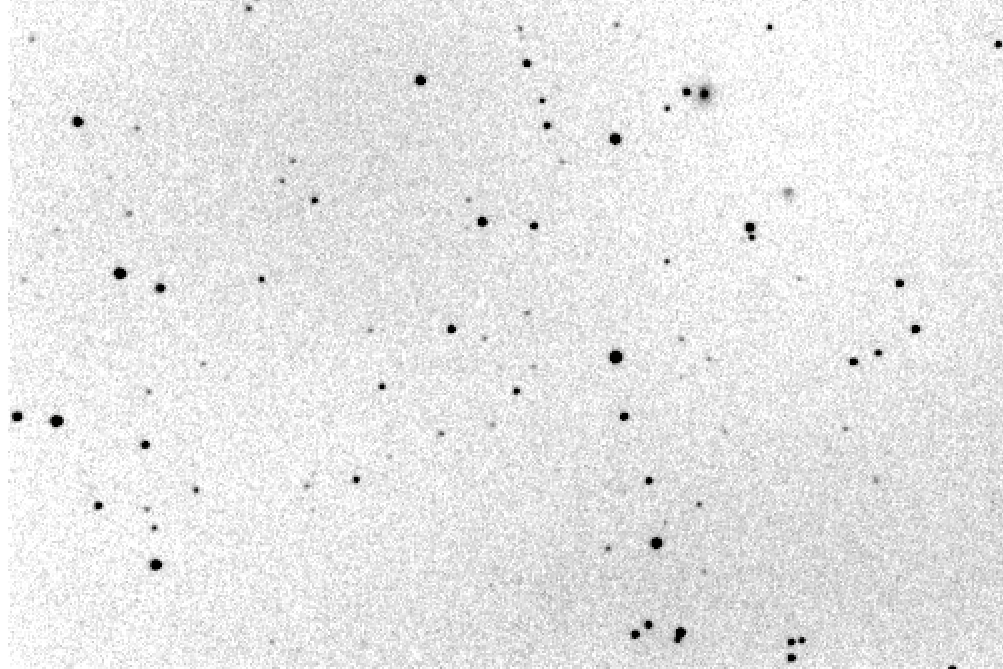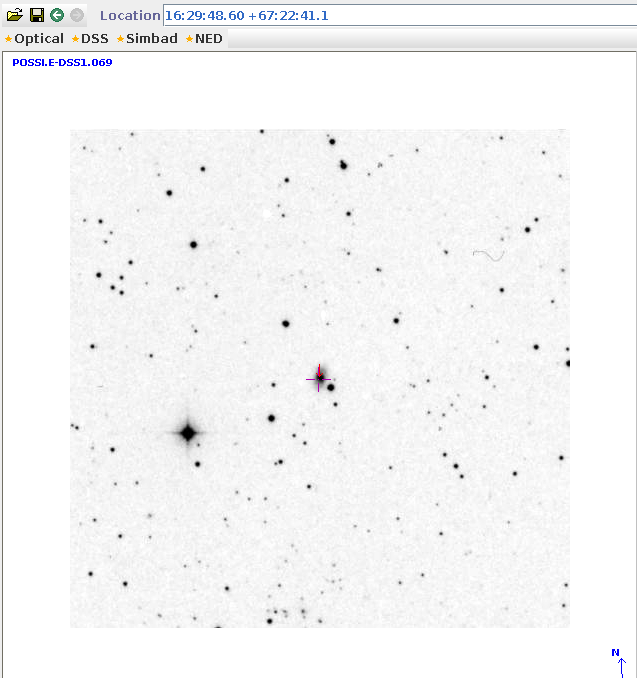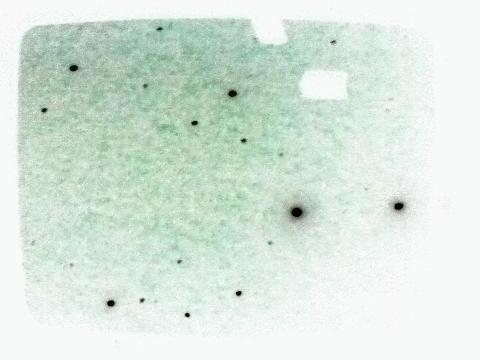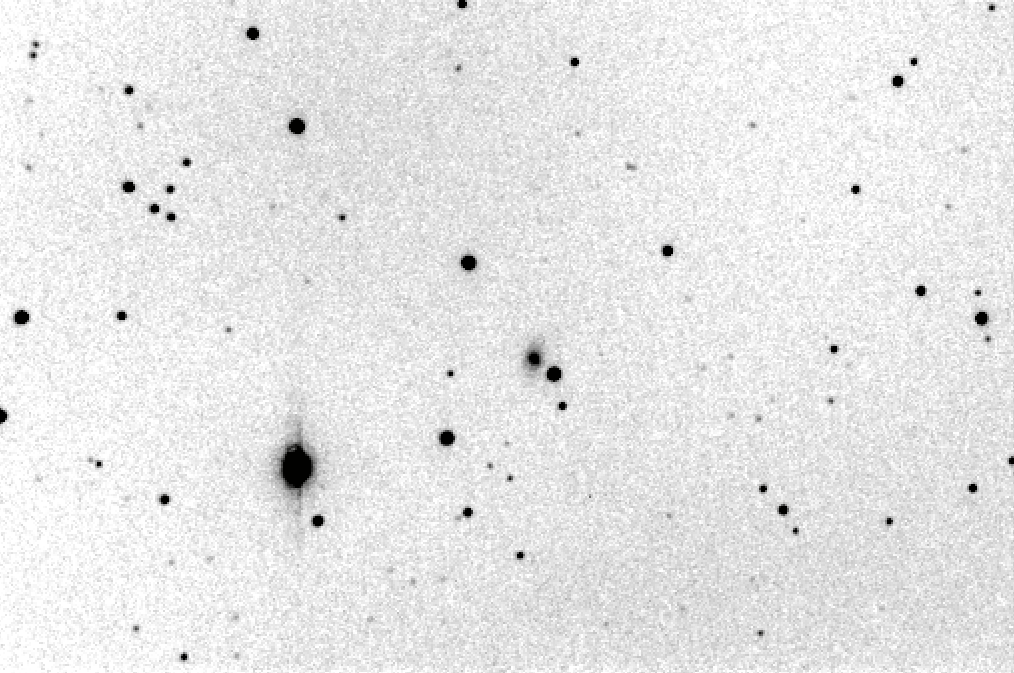
On the night of May 25/26, 2013, I observed again two of the active galactic nuclei (AGN) which are in an ongoing research project on reverberation mapping. I'm part of a team which has been monitoring the brightness of about a dozen galaxies in the infrared, with the Spitzer Space Telescope, and also in the optical with ground-based telescopes. Our goal is to look for a delay between variations in the brightness of these AGN in the optical and in the infrared. Theory says that the optical should vary first, followed a few days/weeks/months later by the infrared. Why? Well, you could read our proposals to Spitzer:
Other members of our team have been measuring the brightness of these galaxies with a number of ground-based telescopes for the past eighteen months. I've decided that perhaps I can help, too. However, these galaxies are fainter than most of the objects we study at the RIT Observatory. The question is -- can we acquire enough signal from the galaxies with our little telescopes to make the effort meaningful?
The setup was:
Notes from the night
The plan was to take image of two galaxies, NGC 6418 and Mark 885. All of the galaxies in our sample are at high declination, so they are visible for most of the night at this time of year.
Target 1: NGC 6418. RA = 17:38:09.53 Dec = +58:42:51.

I had some trouble with finding objects with the guider telescope and video camera last night. When I was finally on NGC 6418, the the guider telescope field looked like this:

I did manage to find a good (but faint) guide star for the field, by placing the target in the upper-right portion of the main chip. The intermediate-brightness star ESE of the target's falls at location (313, 71) on the chip. I took a series of 120-second guided exposures, which were fine. Below is a stacked median image, 9 x 120 seconds in V-band. The field of view is about 15 arcminutes across, with North up, East to the left. NGC 6418 is the slightly fuzzy object just to the right of a medium-bright star at upper right.

Target 2: Mark 885. RA = 16:29:48.60 Dec = +67:22:41.1

Last night, when pointing at Mark 885, the guider telescope field looked like this:

There's a very nice guide star for this field, so I had no trouble with a set of twenty 60-second exposures. I stacked nine to create the median image shown below. The field of view is about 15 arcminutes across, with North up, East to the left. Mark 885 is the slightly fuzzy object just to the upper left of a medium-bright star near center.

Last modified 05/26/2013 by MWR.